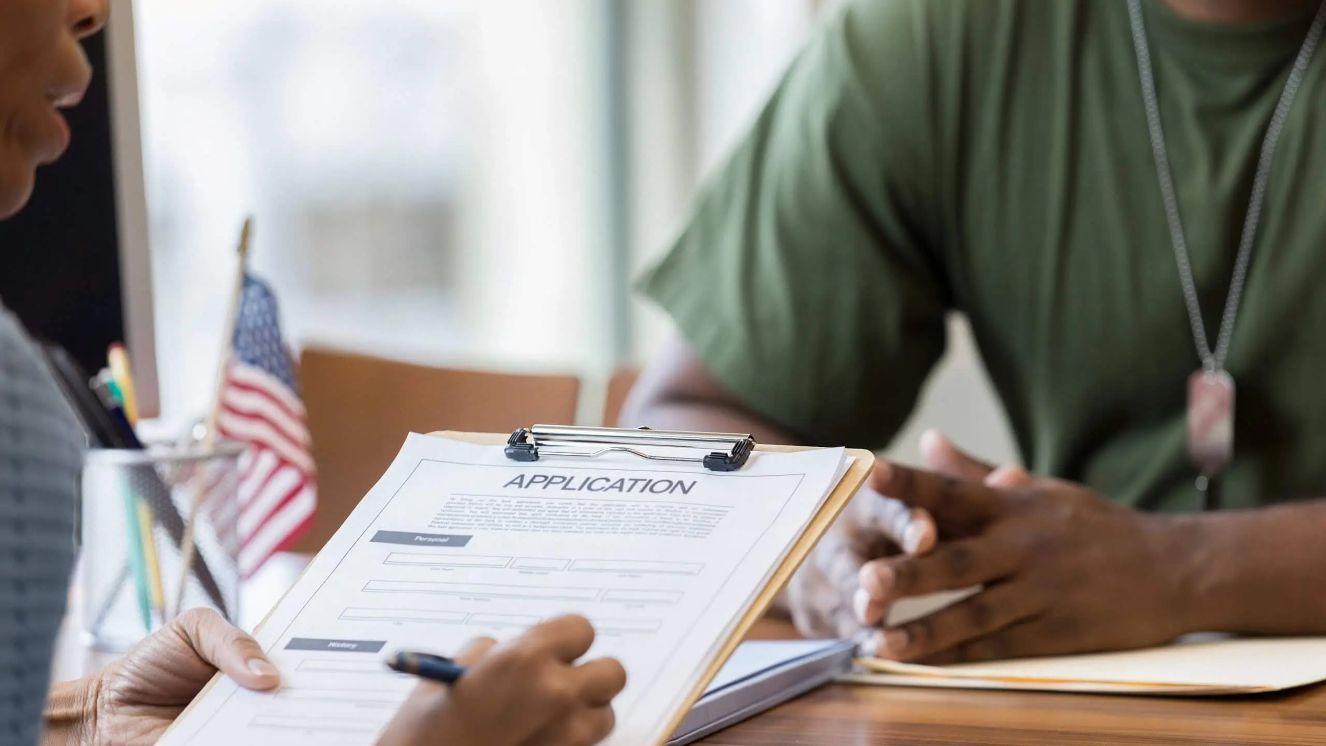PHREAKING: THE PHONE HACKS FROM AN AIRMEN THAT HELPED INSPIRE APPLE

Today, the world of hacking, phone calls, and telecommunications are far from distant concepts. Featuring a market valuation approaching $3 billion, Apple is far from an unknown company. All of these have an unquestionable connection, yet it’s specifically the subculture of “phreaking” that would help directly and indirectly affect how we communicate with each other forever. Phone phreaking was a concept of hacking long before we could fit mini-computers into our pockets. It was this hobby that would attract the attention of Airman 1st Class John Draper, a future Apple employee, into a world that cemented his legacy. Even if he did get in a bit of trouble. Related read: Operation Allies Welcome Is a Civilian Led Effort to Help Afghan Refugees
What Is a Phreaker?
A phreaker is one who would practice phreaking, an old-school method of hacking telecommunication systems to get free calls. Specifically, the technique allowed for free long-distance calls, and accessing systems that weren't normally inviting civilians/outsiders to access. Hacking was far from new, even in the 1950s. It just looked a lot different. Reports that young phone operators pranked callers were out as early as 1878, and while they were out for a good laugh rather than stealing banking information, future telecommunications hacks were about exploring. Phone phreaks got going in the late ‘50s thanks to a blind boy named Joe Engressia who had perfect pitch and time. The gifted hacker developed phreaking phone techniques by the time he had turned 7 years old. It was during this time he realized that he could whistle certain notes and make long-distance calls for free. Phreaking was sophisticated, yet similar techniques aimed at producing the same results. Those who found the hacks at the time began seeing how far they could take things. A now legendary phreaker, Airman 1st Class John Draper, would play an intricate role in getting Apple started back before it was an internationally known brand. Suggested read: With the Apple Military Discount, You Can Get 10% Off Apple Products
The Air Force Helped Form Apple, but So Too Did Cap'n Crunch
John Draper went into the Air Force just like his father to develop his already impressive electronic-based skills. It was during this time that he began discovering how to manipulate local switchboards and even operate pirate radio stations. This is when the phone phreak movement was really taking off . Phreakers were hacking, but were also communicating on the same lines. During this period the Captain Crunch phone phreak hack was gaining momentum. The toy bosun whistle inside was the perfect tone to control phone lines. However, that wasn’t enough for the phone phreaking Captain Crunch community, and Draper had a solution. Eventually, Draper would gain the nickname “Captain Crunch.” This is because he was creating “Blue Boxes” that would make multiple tones capable of taking over lines and systems like never before. These hacks lead to much more sophisticated capabilities. President Nixon was a victim, people pranked the Pope, and there was even a false report by hackers pretending to be the National Guard to announce a nuclear attack. Things went sideways quickly. But the hacking and communications world would find intrigue. Esquire Magazine featured phreaking culture and would inspire two students to start creating their own Blue Boxes. Fast forward to a few years later, and these men, Steve Jobs and Steve Wozniak, decided to start Apple Computer instead. Remember, some of the actions taken place by phreakers would end up being pretty serious. Draper himself even faced legal ramifications. But, he would team up with Apple in the 1970s to help develop voice-activated telephone menus and an early word-processing program. Sadly, Captain Crunch never quite reached such successes in his own ventures. However, his work for the Apple II and legacy as a hacker is cemented in the community.
Does Phone Phreaking Still Work?
Phreakers never left but they have evolved. The equipment and techniques that were used to connect calls over 60 years ago aren’t in use anymore, but there are VoIP hacks, modern diverters, and many other ways to exploit phone lines. However, our legal department wants us to remind you that you shouldn’t do it, and we don’t encourage it. Hacking in all of its forms can lead to a variety of legal issues. Nonetheless, it continues to be an issue throughout the world of cybersecurity. This is actually one of the core focuses of the USAF and the U.S. Space Force (USSF). While all branches of the American Armed Forces defend against cyberattacks and threats in the modern world, both Airmen and Guardians typically take the lead in combating them. Making a funny call that costs you nothing when it should be several hundred dollars is one thing, but in today’s world, telecom systems can have deadly consequences. Our nation’s infrastructure is dependent on these systems and our military continues to fight new threats to keep us safe. John Draper and his phreaking days helped influence his interest and work for Apple. So, if you’re one of the 1.36 billion iPhone users, the next time you receive a robocall you can thank the USAF for the pleasure. Read next: Veteran Fraud Risk is Rising - Here's How to Protect Yourself From Scams
BY BUDDY BLOUIN
Buddy Blouin is a Contributing Writer at VeteranLife.com
Buddy Blouin is a Contributing Writer at VeteranLife.com



